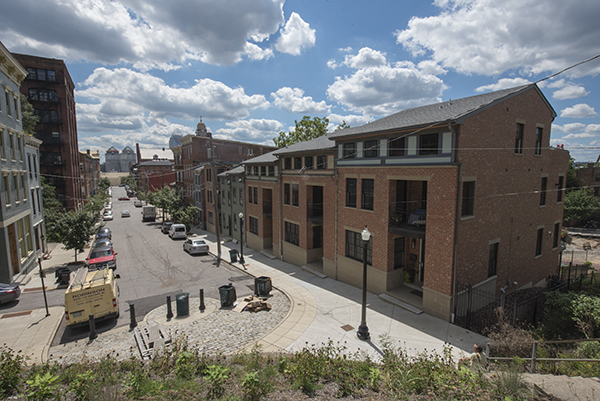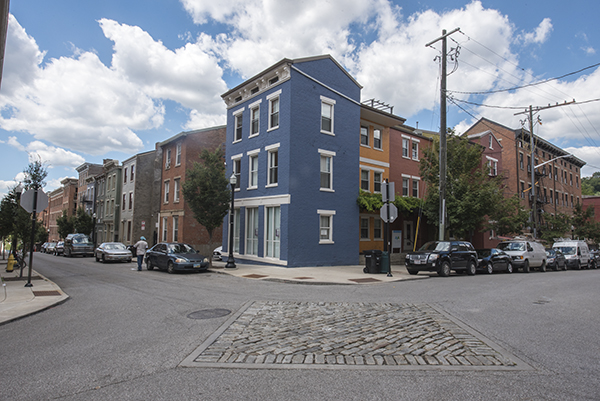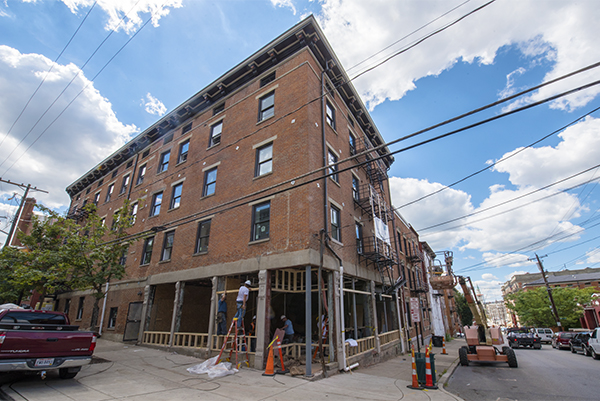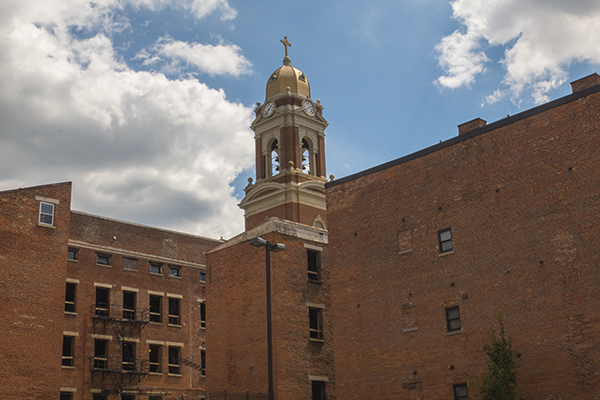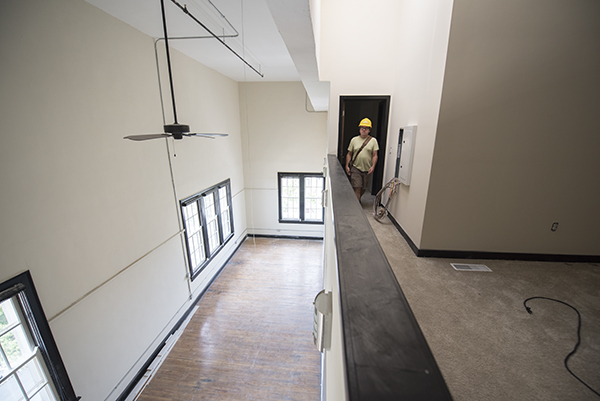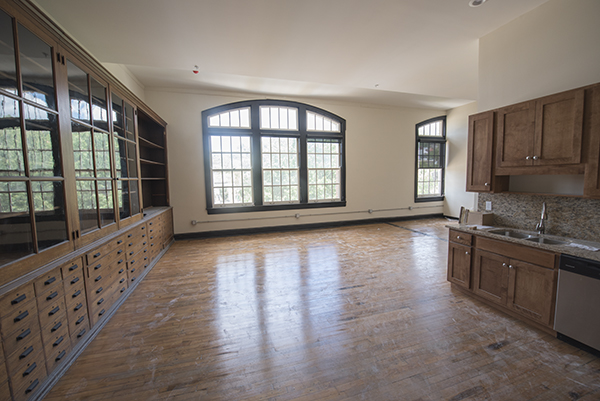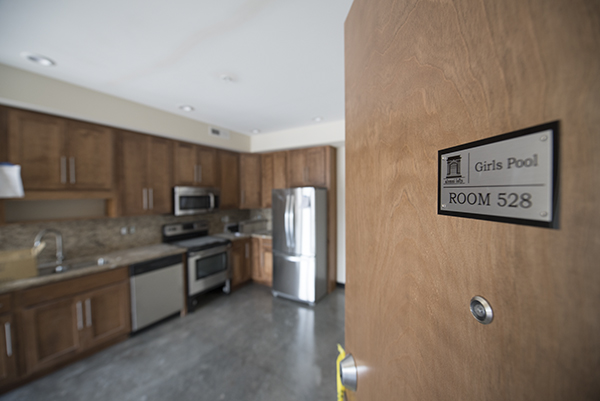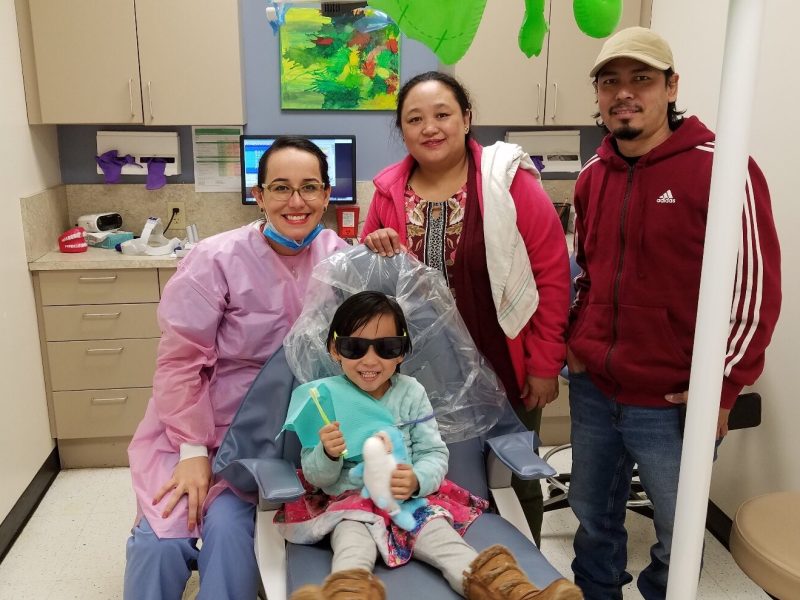Soapdish: Historic Pendleton springs back to life with influx of development
Often overshadowed by white-hot development next door in Over-the-Rhine, Pendleton is steadily coming into its own as one of the urban basin's next (cliche alert) "hot neighborhoods."
At one time slightly overlooked in the wake of white-hot development in Over-the-Rhine, neighboring Pendleton is steadily coming into its own as one of the basin’s next (cliche alert) “hot” neighborhoods.
Indeed, the triangular-shaped and relatively small neighborhood stands on its own (since splitting from OTR in 1987) as one of Cincinnati’s 52 neighborhoods, bordered by the busy roadways of Reading, Liberty and Sycamore. Drop down a few steps from Liberty, however, and you discover an old world charm of stately Italianate 19th Century town homes, carriage houses and dense, historic tenement buildings with appropriately tasteful new construction filling in the gaps.
I live at 13th and Broadway, in what might be considered the “epicenter” of the Pendleton development quake, and the endless beeping, hammering and general construction cacophony has steadily increased over the past several years to an almost fever pitch. In fact, this past Saturday morning, while walking the dog, I decided to take an informal survey on exactly how much work is being done within just a one block radius of my stoop — I counted no less than 15 different historic structures being rehabbed and at least seven dumpsters, with almost all of the buildings being worked on having sat vacant for decades.
The Pendleton streetscape is fairly unique in the city, even in contrast to Over-the-Rhine. Narrow streets, short setbacks and historic vertical tenement buildings provide that Ye Olde European feel at times, especially in the plaza around the circa 1850 St. Paul’s Church at 12th and Spring.
In fact, the golden dome of St. Paul’s, visible as it is from around the basin, is a natural landmark for the neighborhood, much more so than that clock tower at Liberty and Reading. A Romanesque brick structure, it features Doric pilasters set in its corners and between the arched windows. Above the low-pitched roof is a Renaissance tower capped with a cupola roof and gilded cross.
Much of the structure was built in 1899, after a fire destroyed pretty much everything other than the walls and foundation. Deconsecrated in 1974 — ironically, the same year it received National Historic Register recognition — St. Paul’s later required another “save,” this time by the Verdin Co., which moved its headquarters there and operates the Bell Centre as an event space.
Across the street is the Pendleton House, originally erected by namesake Nathaniel Green Pendleton just down the block at Reading and Broadway. Looking to escape some of the unsavory bustle of that intersection, Pendleton had the house reassembled, brick by brick, just up the hill in 1848 — due to the fact that Cincinnati was such a boom town that building materials were in extremely short supply.
In the shadows of St. Paul’s, the 1100 block of Broadway was an active barracks area during the Civil War. The building at 1121-23 Broadway, now an apartment house, housed troops. As described by the WPA guide of 1943, “soldiers’ brawls, riotous scenes and occasional acts of violence enlivened the tempo of civilian life … east of Broadway was a practice rifle range for soldiers in training. Several Confederate spies are reported to have been executed in it.”
Indeed, every evening during the war, troops would parade down 12th Street with a marching band, then up Sycamore and 13th to return to their camp, a tradition we might want to consider bringing back to, you know, “enliven the tempo of civilian life.”
Stretching further up Broadway are the historic homes of such prominent citizens as brewers John Walker, William Schaller and Christian Boss as well as Samuel Birdsall, one of the first pharmacists in the city, whose Federal style yellow brick home was originally built in 1830. On the other side of the street, mid-block, stood famed abolitionists Levi and Catherine Coffins’ rooming house, purchased in 1856, where anti-slavery Quakers rented rooms. It also served as a stop for runaway slaves.
Suffice to say that there’s no shortage of rich history in Pendleton, much of which survives today in its historic architecture. And now, finally, we see some of that history coming back to life.
The old Woodward School, completed in 1910, is a massive Renaissance Revival structure occupying an entire city block. It’s the fourth school to occupy the space, the first being a grammar school in 1831 followed by Woodward High in 1833 (first free high school West of the Alleghenies!). It was founded by William Woodward, a Connecticut native who came to Cincinnati in 1792 and took as his bride Abigail Cutter, whose parents were killed by Native Americans, when she was 17 and he 32. They are allegedly buried under the East entrance to the school, a bronze plaque marking the site.
After an exhaustive construction process, this structure is finally returning to life in the form of Alumni Lofts, 142 new apartments from Indianapolis-based Core Redevelopment. As of last week, 114 of the building’s 142 units have been rented, many featuring vestiges of the building’s past life such as running tracks, blackboards, basketball court floors, stained glass and built-in cabinetry.
The project carries a price tag of $22 million, and new tenants are expected to arrive beginning Sept. 1. Many of the first apartments on the lower floors are still under construction, and the developer expects those to get leased as soon as they’re ready to show.
Just up the block, Model Group is finishing its next phase in the multi-phase Broadway Square project, with five buildings on 13th and one on 12th getting ready to welcome new residents to 30 renovated apartments and one commercial space. That’s in addition to Phase I, which added 39 apartments and 12,000 square feet of commercial space. Both Phases II and III are also LEED Silver certified.
Model is starting the next phase now in the 1100 and 1200 blocks of Broadway and East 13th, featuring another 34 residential units spread out over six buildings as well as eight commercial spaces. They should be ready by Spring/Summer of 2017, and the total estimated cost of Phase II and III is approximately $18.7 million.
If you include 3CDC’s huge Ziegler Park development — a 400-space underground parking structure topped by green space as well as renovated parkland, playspace and pool — you have a total of $85.2 million in concentrated development and more than 240 new residential units in just a few adjacent blocks.
For the once relatively sleepy development pace of the Pendleton neighborhood, with a total population of 900 in the 2000 census, this activity is a massive game changer. Add in a number of other smaller developments in the works — Chris Lacey’s new infill townhome projects on Pendleton and Spring, BiLT Architects bike-friendly apartments in an 1870s tenement building and other smaller projects — and you have a neighborhood bracing for an influx of new residents.
That said, however, there is plenty of room to grow and plenty of still-vacant historic buildings waiting for new life. But don’t look for Pendleton to turn into the next OTR-style entertainment eatery destination. While Nation and Urbana Cafe have upped much-needed commercial activity in the 1200 block of Broadway, don’t expect “Vine Street East” any time soon.
Other projects in development include Lucius Q BBQ at the SW corner of 12th and Broadway and the former industrial space at 13th and Broadway that’s been rumored to be everything from a brewery to a fine dining restaurant.
Despite its carefully confined physical boundaries, Pendleton is a neighborhood with substantial room to grow — Exhibit A being the unsightly surface parking lots south of Alumni Lofts. I look forward to having an ongoing front row seat to watch it all happen.

